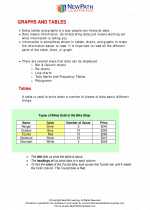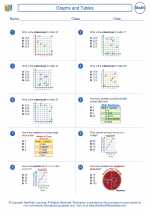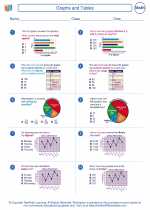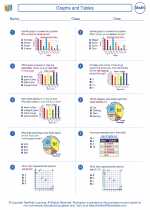Common Denominator
A common denominator is a common multiple of the denominators of two or more fractions. When adding or subtracting fractions, it is important to have a common denominator in order to perform the operation. Finding a common denominator allows us to combine fractions and perform operations with ease.
Finding the Common Denominator
There are several methods to find the common denominator. The key is to identify the least common multiple (LCM) of the denominators of the given fractions. Once the LCM is found, it becomes the common denominator that can be used to perform operations on the fractions.
Method 1: Prime Factorization
To find the LCM using prime factorization, follow these steps:
- Factorize each denominator into its prime factors.
- Identify the highest power of each prime factor that appears in any of the factorizations.
- Multiply the prime factors with their highest powers to obtain the LCM.
Method 2: Listing Multiples
To find the LCM by listing multiples, follow these steps:
- List the multiples of each denominator until a common multiple is found.
- The smallest common multiple is the LCM and serves as the common denominator.
Study Guide
When working with fractions, it's important to have a good understanding of common denominators. Here are some steps to help you master this concept:
- Review the concept of prime factorization and how to find the LCM using this method.
- Practice finding the LCM of different sets of numbers using both prime factorization and listing multiples.
- Understand the importance of having a common denominator when adding or subtracting fractions.
- Work through examples of adding and subtracting fractions with different denominators, and demonstrate how to find the common denominator to perform these operations.
- Complete practice problems to reinforce the concept of common denominators and their role in fraction operations.
By mastering the concept of common denominators, you'll be well-prepared to work with fractions and perform operations with confidence.
.◂Math Worksheets and Study Guides Fifth Grade. Graphs and Tables

 Worksheet/Answer key
Worksheet/Answer key
 Worksheet/Answer key
Worksheet/Answer key
 Worksheet/Answer key
Worksheet/Answer key
